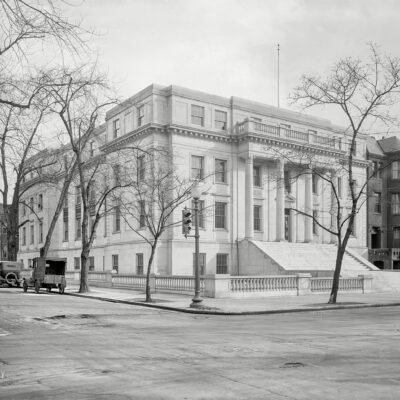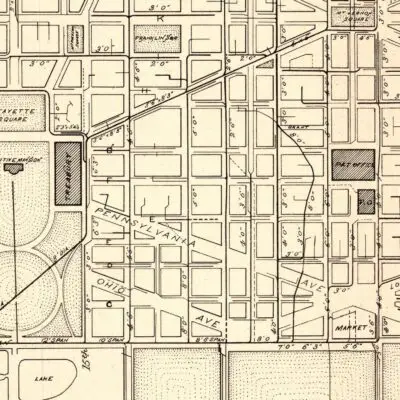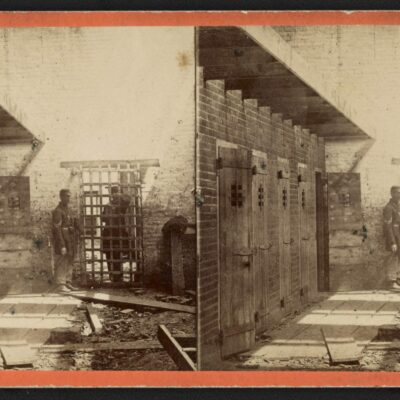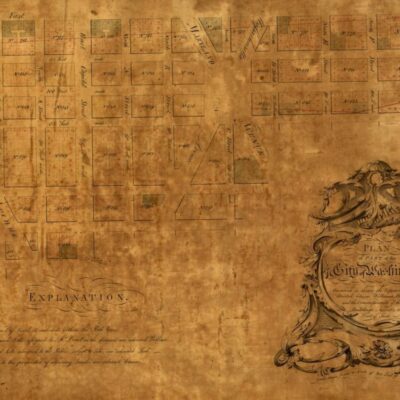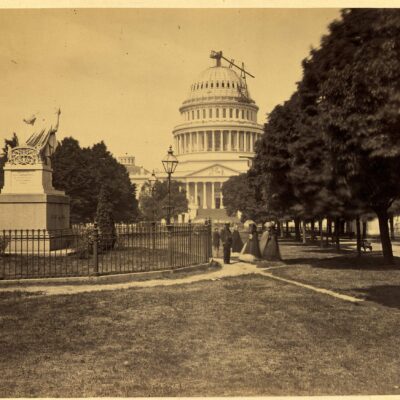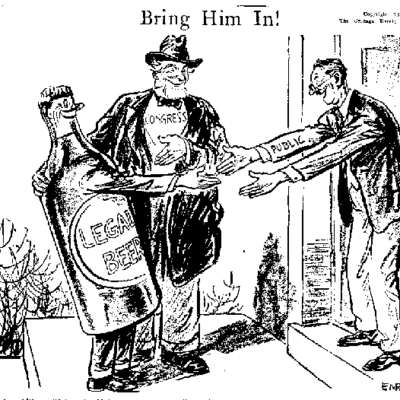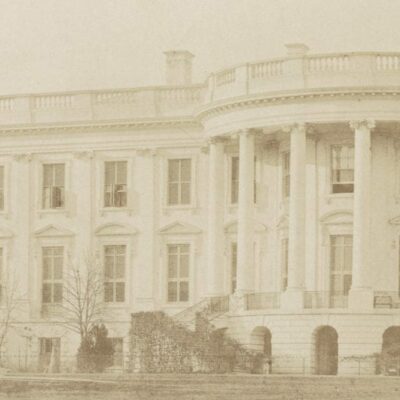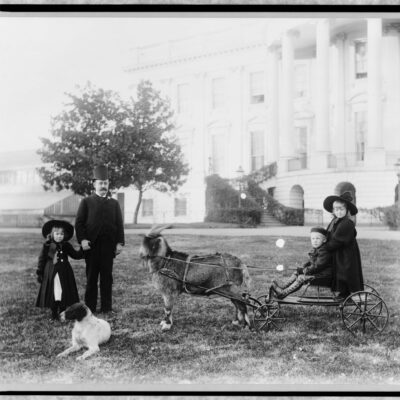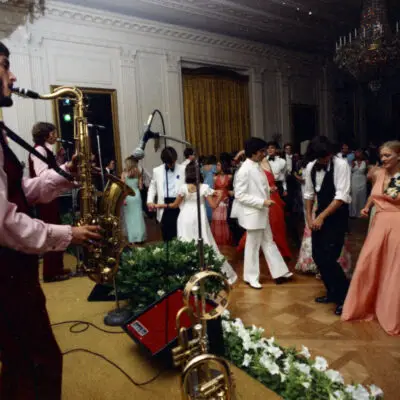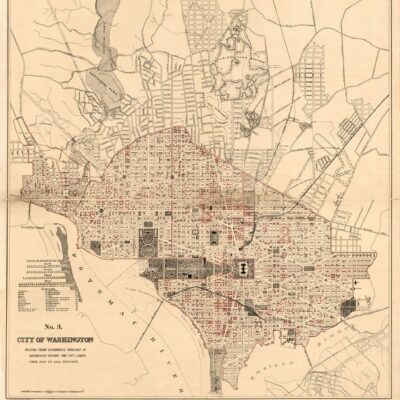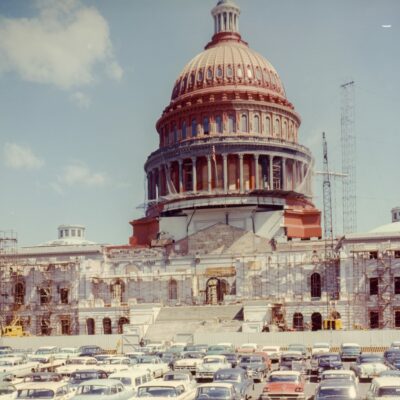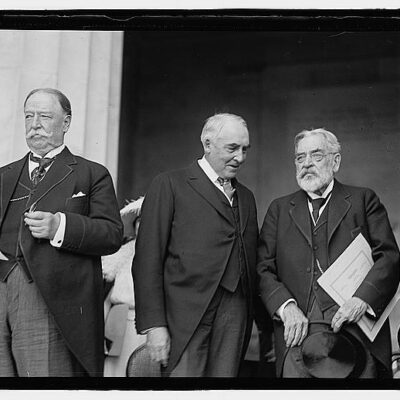Buy this book and then read it (I bought the Kindle
version). It is an excellent window into life in Washington City in the days after the fall of Fort Sumter.
It chronicles life in the District starting April 14th, 1861. Word had spread to Washington that the Union flag was lowered over Fort Sumter. Lincoln and his cabinet feel it is imminent that Beauregard is going to invade the city. Fear and panic grip the city as Lincoln issues an emergency order to call on 75,000 Union volunteers. Jefferson Davis’ public response to this proclamation quite harsh.
Fort Sumter is ours, and nobody is hurt. With mortar, Paixhan, and petard, we tender ‘Old Abe’ our Beau-regard.
An advertisement ran in the Mobile paper that day asking for proposals to supply the Confederacy with 75,000 black coffins — and no proposals would be accepted from north of the Mason-Dixon Line (of course).

Even more shocking was the arrogant, presumptuous, and (at the time) exceedingly disrespectful, statement of Varina Davis, First Lady of the Confederacy. She was planning on being in the White House by the end of the month and had the audacity to send formal invitations to members of high society in Alabama, Mississippi and even New York City, asking them to attend her planned reception in the White House on the first of May.
A song was written entitled “Jeff Davis in the White House,” envisioning a new America, based on Confederate ideology and with Jefferson Davis living at 1600 Pennsylvania Ave. The most telling verse is below.
Jeff Davis in the white House,
What glorious news it will be;
Abe Lincoln in a inglorious flight,
In a baggage car we will see:
With Seward as conductor,
Gen. Scott as engineer,
Old Hicks, our traitor governor,
Following, panting in the rear.
Harsh words for President Lincoln, Secretary of State William Seward, General Winfield Scott and Governor Thomas Hicks of Maryland. Click the image below to see the whole song.
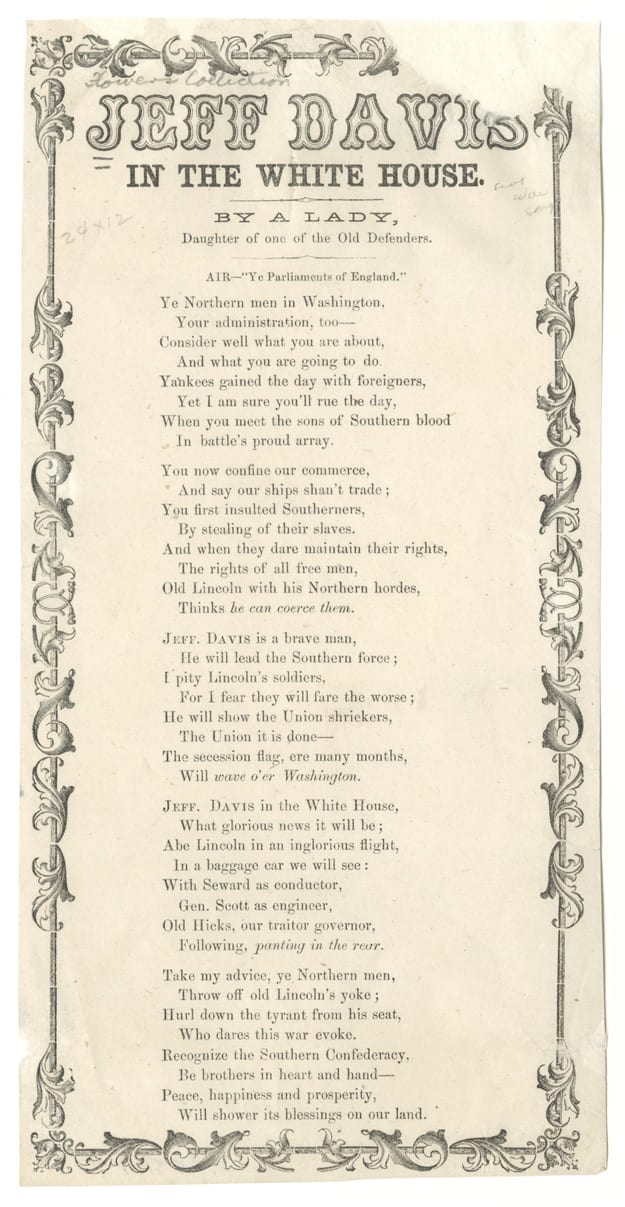
The mood was quite bleak in the city as most papers were predicting the Confederate flag would be flying over the White House by May 1st. Women and children were fleeing the city in droves, heading north to friendlier territory. Washington was not a fun place to be between April 14th and 25th, 1861. The has a chapter for each day, and even though you know the eventual outcome, it’s still nerve-wracking to have this ground level perspective of what was happening in and around Washington during those twelve tense days.
I want to add a couple great Library of Congress photos from the era to close this out. Below is a photo a Pennsylvania soldier, with what appears to be his family, encamped at Fort Slocum (now a park at Madison St. and Kansas Ave. NW).

This is the Winder Building, which still exists on 17th St. NW across from the Old Executive Office Building. At the time, it was the largest office building in the city and it housed numerous military offices, including those of General Winfield Scott.

Here’s a photo of the President and First Lady of the Confederacy, Jefferson and Varina Davis.

Related articles
- Mrs. Lincoln Hosts Grand Reception at the White House (abrahamlincolnandthecivilwar.wordpress.com)
- Jefferson Davis Dressed as a Woman (fansinaflashbulb.wordpress.com)
- Review: And The War Came: The Six Months That Tore America Apart (writingwrongs.wordpress.com)
